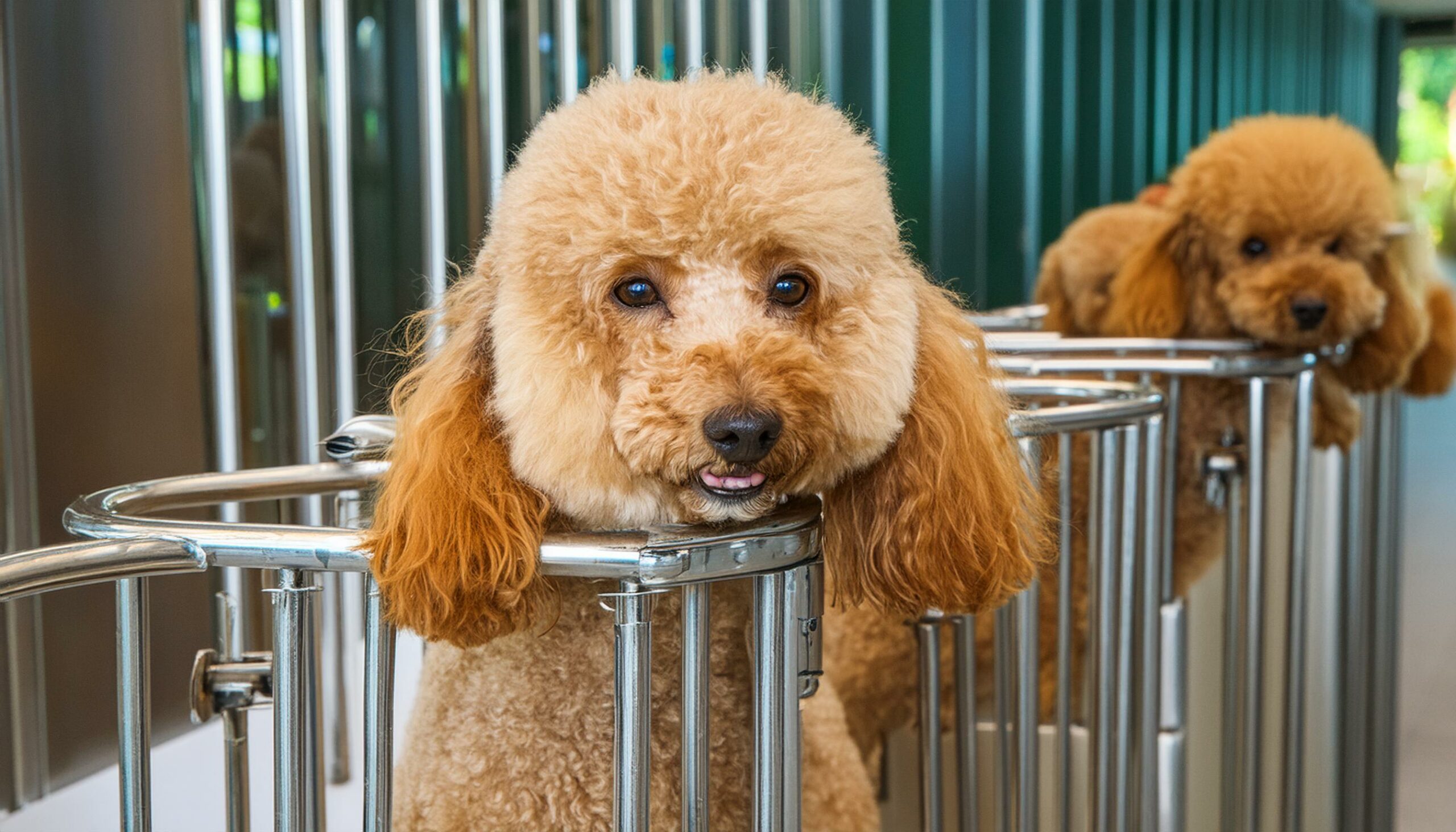Poodles, with their distinctive looks and intelligent demeanor, have captivated dog lovers for centuries. Whether it’s the Standard, Miniature, or Toy variety, poodles are known for their affectionate nature and unwavering loyalty to their owners. However, like all breeds, poodles have specific needs and behaviors that owners must understand and address. One common concern among poodle owners is whether these beloved companions can be left alone without experiencing distress. In this comprehensive guide, we delve into the topic of separation anxiety in poodles and explore strategies to ensure their well-being when left alone.
Understanding Poodle Behavior
Poodles are often described as highly sociable and people-oriented dogs. They thrive on companionship and form strong bonds with their human family members. This inherent social nature makes them particularly sensitive to being left alone for extended periods. When separated from their owners, poodles may exhibit behaviors indicative of separation anxiety, such as excessive barking, destructive chewing, and house soiling.
Recognizing the signs of separation anxiety is crucial for poodle owners. These may include pacing, whining, drooling, and attempts to escape. Understanding these behaviors can help owners address their poodle’s emotional needs and take proactive measures to alleviate distress.
Training and Preparation
Early socialization and training play a pivotal role in shaping a poodle’s behavior, including their ability to tolerate being alone. Introducing your poodle to periods of separation gradually can help them become accustomed to solitude. Start with short absences and gradually increase the duration over time, rewarding calm behavior during departures and returns.
Creating a comfortable environment for your poodle can also mitigate separation anxiety. Provide access to their favorite toys, bedding, and comforting scents in a designated safe space. Additionally, consider leaving on soothing music or white noise to provide a sense of companionship in your absence.
Tips for Leaving Your Poodle Alone

When leaving your poodle alone, there are several strategies you can employ to help them feel more secure and content. Ensure they have access to engaging toys and activities to keep them mentally stimulated during your absence. Puzzle toys filled with treats or interactive feeders can provide entertainment and distraction.
Furthermore, avoid making departures and arrivals overly emotional. Maintain a calm and consistent demeanor to prevent reinforcing anxious behaviors. Consider incorporating a routine before leaving, such as a short walk or play session, to help your poodle associate your departure with positive experiences.
Alternative Solutions
If leaving your poodle alone for extended periods is unavoidable, explore alternative solutions to ensure their well-being. Doggy daycare facilities offer supervised socialization and play opportunities, providing companionship in your absence. Alternatively, hiring a pet sitter or enlisting the help of a trusted friend or family member can offer personalized care and attention for your poodle.
For owners considering adding another pet to provide companionship for their poodle, careful consideration is necessary. Introducing a new canine companion requires proper socialization and compatibility assessments to ensure a harmonious relationship.
Conclusion
While poodles are affectionate and adaptable companions, their social nature makes them susceptible to separation anxiety when left alone for extended periods. Understanding their behavior and implementing proactive training and preparation can help mitigate distress and ensure their well-being. By creating a supportive environment and exploring alternative solutions, poodle owners can address their pets’ emotional needs and foster a happy and healthy relationship.
Unique FAQs
Can all poodles be left alone?
Each poodle is unique, and their ability to tolerate being alone varies based on factors such as temperament, training, and past experiences.
How long can a poodle be left alone?
The ideal duration depends on the individual dog’s needs and comfort level. Gradually increase alone time and monitor your poodle’s behavior for signs of distress.
Are certain poodle varieties more prone to separation anxiety?
While separation anxiety can affect any poodle, smaller varieties such as Toy and Miniature poodles may be more susceptible due to their heightened sensitivity and attachment to their owners.
Can leaving the TV on help alleviate separation anxiety in poodles?
Some owners find that leaving the TV or radio on can provide background noise and simulate human presence, potentially reducing feelings of loneliness for their poodles.
Is separation anxiety in poodles a sign of poor training?
Not necessarily. Separation anxiety can result from various factors, including genetics, past experiences, and environmental changes. Proper training and socialization can help manage but may not entirely eliminate separation anxiety in poodles.
